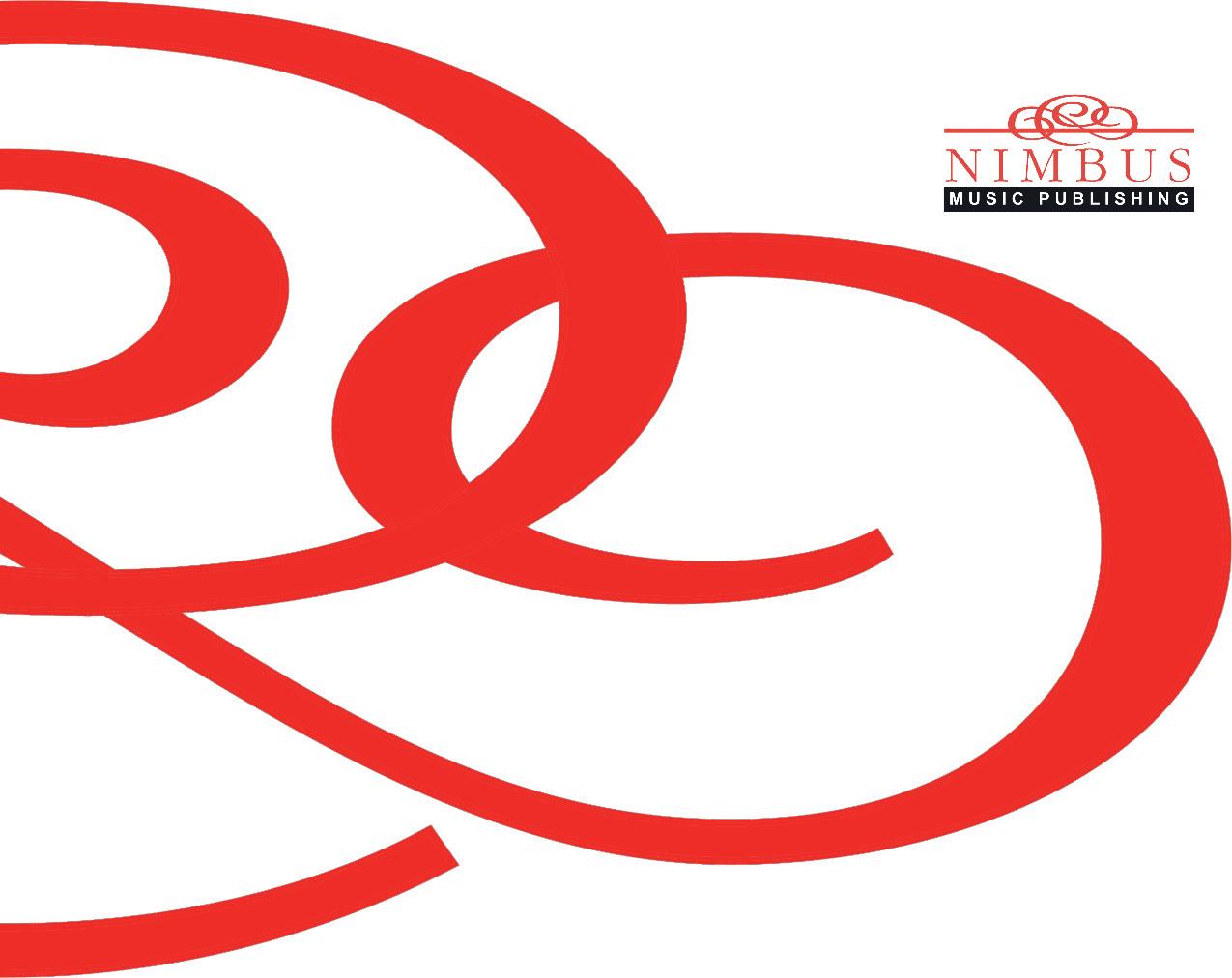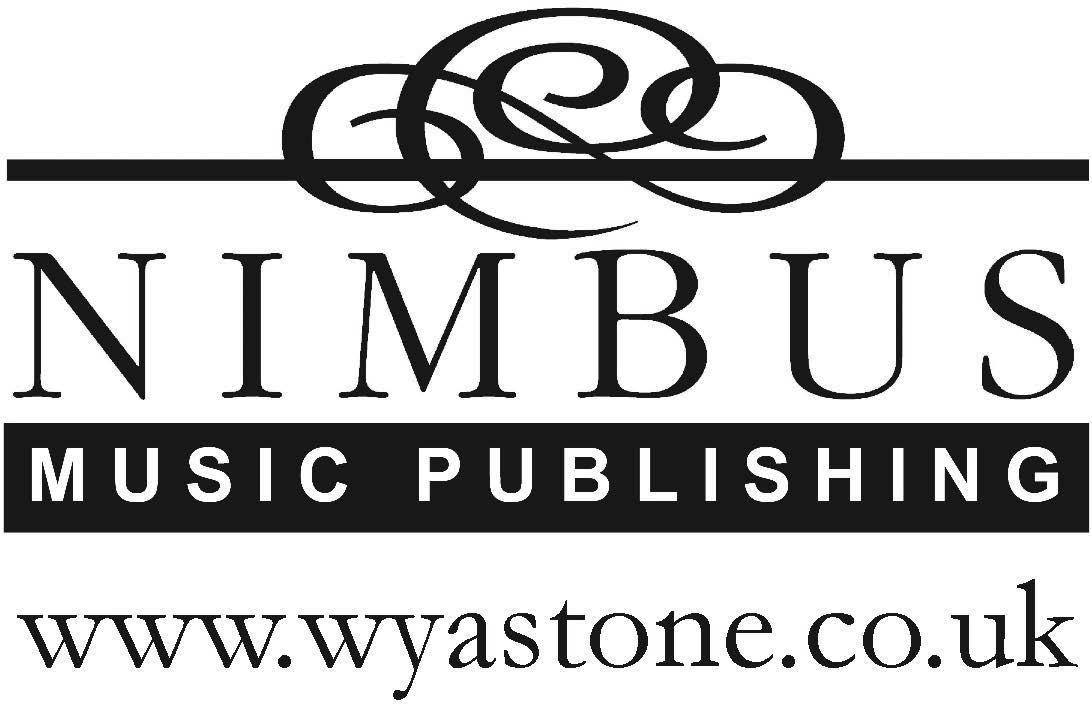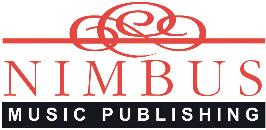

GAVIN HIGGINS
Concerto Grosso
for brass band & orchestra
GAVIN HIGGINS
Concerto Grosso
For Brass Band and Orchestra (2021-22)

Copyright © 2021 by Gavin Higgins
All Rights Licenced to Wyastone Estate Limited Trading as Nimbus Music Publishing.
This music is copyright. Photocopying and secondary sale, hire, gifting or secondary distribution is ILLEGAL and THEFT.
All rights of performance, mechanical, electrical and electronic reproduction in any form, graphic reproduction of the complete work or part thereof is strictly reserved.
Permission for performance of the work and the purchase or hire of score and parts must be obtained from the Publisher.
Nimbus Music Publishing
Wyastone Leys, Monmouth, NP25 3SR, United Kingdom E: publishing@wyastone.co.uk T: 01600 890 007 www.wyastone.co.uk/nmp
Copyright © 2021 Nimbus Music Publishing
Concerto Grosso was commissioned by BBC Radio 3, Stavanger Symfoniorkester, Stavanger Brass Band, and was first performed by the BBC National Orchestra of Wales and the Tredegar Town Band, conducted by Ryan Bancroft, at Royal Albert Hall, London, on Monday the 8th of August 2022 as part of the BBC Proms.
The piece was shortlisted for a South Bank Sky Arts Award and won a Royal Philharmonic Society Award in the Large Scale Composition category, 2023.
Score is transposed
Duration: 35 mins

Instrumentation
ORCHESTRA
2 Flute (I & II = picc)
2 Oboe (II = ca)
3 B♭ Clarinets (II & III = bcl)
2 Bassoon (II = cbsn)
4 Horns
2 Trumpets in B♭
3 Trombones
Tuba
Timpani
4 Percussion:*
1.) Sanctus bells (2 sets), Tubular bells, large metal Guiro, Ratchet, Marimba, Xylophone, Tam-tam
2.) Crotales, Water gong (medium), 4 Tin cans & 4 Metal bars of varying pitches, 2 Cowbells, Cabasa
3.) Water gong (large), Glockenspiel, Tam-tam, Almglocken, 4 Tin cans of varying pitches, Bell tree, Bongos, Whip
4.) Bass drum, Kick drum, Trash metal of varying pitches, Maracas, Sleigh bells, Suspended cymbal, small Tam-tam
Harp
Organ (optional)
Strings (min 14, 12, 10, 8, 4)
BRASS BAND
Soprano Cornet in E♭
4 Solo Cornets in B♭
Repiano Cornet in B♭
2nd Cornets in B♭ (2 players)
3rd Cornets in B♭ (2 players)
Flugelhorn in B♭
Solo Tenor Horn in E♭
1st Tenor Horn in E♭
2nd Tenor Horn in E♭
2 Baritones in B♭
2 Euphoniums in B♭
2 Tenor trombones in B♭
Bass trombone in C
Bass in E♭ (2 players)
Bass in B♭ (2 players)
Programme note
For some, the BriFsh brass band may inspire images of days gone by — of miners and the Hovis advert, or Terry Wogan and the Floral Dance But brass bands are a living, vital, and integral part of our musical cultural whose reach extends far beyond the borders of this lijle island.
The BriFsh brass band movement is unique within the musical world, both in terms of its geographical roots – originaFng in the coalfields of the North, Wales and Scotland – but also, for much of its history, being a disFnctly working-class pursuit. The early popularity of brass bands resulted in a rapid proliferaFon of bands throughout the UK to the point that they could be found in almost every village and town, with close connecFons to the local pits, collieries and factories. As such, brass bands could, as Trevor Herbert writes in Bands: The Brass Band Movement in the 19th and 20th Centuries, ‘be regarded as one of the most important aspects of BriFsh art music … [their growth resulFng in] … the first mass involvement of working-class people in instrumental art music, not just in Britain, but possibly anywhere.’
This is a music born of industry — from coal and steel and Fn — the sound of the brass band, for me, inexorably bound up with the bleak mining landscapes of Britain. But it is also intrinsically linked to poliFcs. When Thatcher went head-to-head with the NaFonal Union of Mine Workers in 1984, in what was to be the longest and most bijer industrial dispute in BriFsh history, brass bands became a symbol of resistance. With pits under threat, so were the bands associated with them, many being forced to fight for their very existence. Despite the rapid dismantling of BriFsh industries over the past three decades, brass bands conFnue to thrive both in UK and internaFonally. This is a testament to the enduring appeal of a music which is so evocaFve, so redolent of a Fme and place that it sits at the very heart of the BriFsh musical and cultural landscape; and yet there is a universality to this music that now extends beyond borders, class, and poliFcs. Brass bands may have originated in the coalfields of Britain, but there are flourishing brass band scenes now in every corner of the world.
Having grown up in an ex-mining community –– beginning my musical training in the local brass bands in which my whole family conFnue to play –– this music is close to my heart. Concerto Grosso for Brass Band and Orchestra is a love lejer to that music and those communiFes. Drawing on banding’s cultural legacy and musical style it is a celebratory work that puts the brass band front and centre. Concerto Grosso for Brass Band and Orchestra is a five movement piece in two parts. Part one looks at the mediums geographical, industrial, and socio-economic roots; whilst Part two explores musical aspects synonymous with the music: high lyricism and dazzling virtuosity.
Part 1.
1) Island (mysteriously)
2) Coal (mechanico)
3) Class (confidently)
Part 2.
4) SenFmental Music (espressivo) — Cadenzas
5) Contest Music (with driving energy)
Gavin Higgins – Peckham, 2022




























































































































































